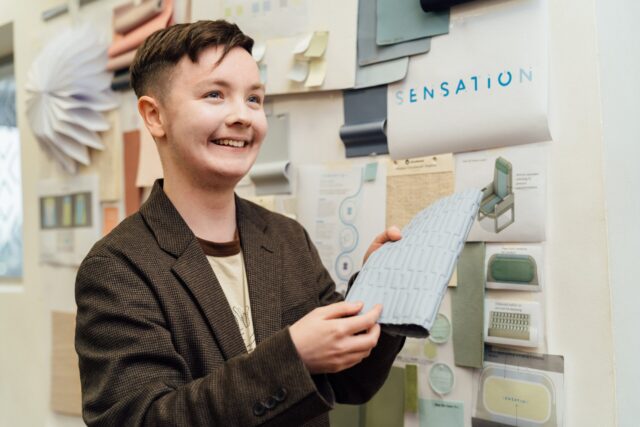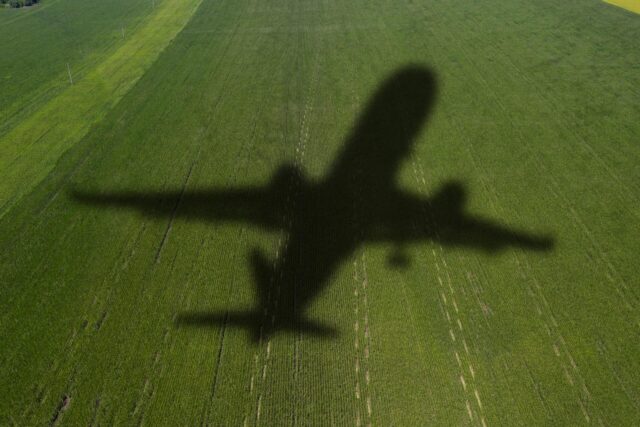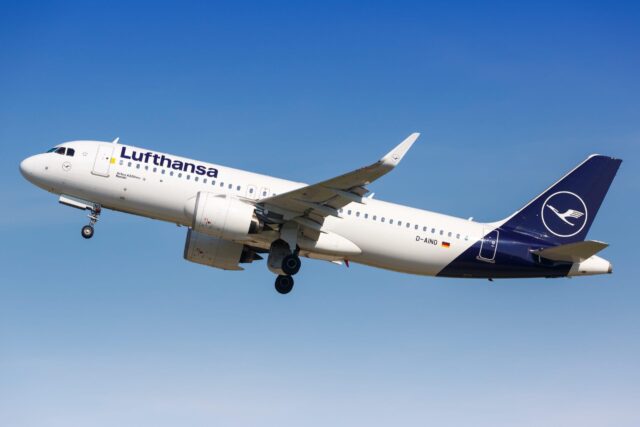Accounting for carbon within aircraft seating

Aircraft seating design increasingly incorporates sustainable practices to reduce the environmental impact, such as utilising lightweight, eco-friendly materials and designing seats for recyclability.
Airlines are recognising the importance of sustainability in their branding and operations, driving the integration of eco-conscious elements into aircraft interiors, including cabin fit-outs.
In this article for FINN, Chris Brady, CEO and founder of Unum Aircraft Seating, outlines measures being taken to imbibe sustainability in every fibre of the company’s seating, starting with accounting for carbon.
At Unum, we say that seats can’t be comfortable, only people can, and so comfort is found in spaces between and around the seat. In a way, it’s the same with sustainability; in the end we need to be building sustainable processes, not just products.
Our seats can only be sustainable if Unum is too and so the fundamental transformation we need is of the norms, tools and measures that guide the decisions we take every day.
We need to provide ourselves with the tools, information and crucially the incentives to account for carbon as well as for cash. I want to work in an organisation – and one day a world – where everyone instinctively knows whether this or that is value for money AND value for carbon. Money is the medium for exchange and we all know what something is worth, but when we are told that a new car contains 13 tonnes of embedded carbon few of us know if that’s a little or a lot.
There’s a neat tool inside Solidworks (a CAD package) that computes the amount of carbon embedded in a design. It uses a bunch of assumptions, such as how much carbon is embedded in a kilowatt (KWh) of electricity in a given part of the world, to tell you how much carbon is in your design. The number it generates is probably wrong in the absolute sense but as the maxim ‘all models are wrong, but some are useful’ has it, it’s great for gauging which option has less carbon.
We use it to guide us at the design stage along with the principles for sustainable design, for example designing for disassembly and part marking that includes a raw material code – the lack of which is a problem for the people trying to recycle the seat at the end of its life. Most of the seat is recyclable but we still struggle with the four Cs (Composites, Covers, Cushions and Carpets), each of which is made from mixed materials that can’t be separated for recycling, but we’re working on it.
There’s a whole other essay on the pros and cons of each design choice we’ve made, but that’s for another day. Except to say that even our notably light – around 85kg – seats emit almost 50 times more carbon through fuel burn than is embedded in it during production. Buy lightweight seats!
Treating carbon as we do cost in the manufacturing process
What I really want to talk about is a simple idea that applies to manufacturing in all industries and not just aviation and is based on an idea had 700 years ago by the Florentine merchant who invented double entry bookkeeping.
In the management accounts of most manufacturing businesses, you will find a line called Purchase Price Variance ‘PPV’, which is the amount you spent more or less than you expected to, when buying your raw materials. You set a ‘standard’ or budget cost for each component, say £1 for a bracket, and then when you buy 100 brackets and get a volume discount of 5% you ‘save’ £5 and get a positive PPV of £5. PPV is a measure of how well your procurement team is doing. Bonuses are awarded for doing well and a berating for doing badly. It’s a key measure of success.
Traditionally, the procurement team are rewarded for getting the best quality, on time, at the lowest price.
However, in a sustainable business we want to buy from suppliers who tread lightly too. Businesses who use renewable energy, who recycle their packaging, who are (preferably) next door and so don’t burn carbon trucking or worse, flying the parts to us.
My idea is to create a new line on the management accounts and to offer the same bonusses for doing well and a berating for doing badly. This Sustainability Index Variance (SIV) will sit alongside PPV and is the difference between the carbon embedded in the parts actually bought and the budget or baseline for the part at the end of the design process. This difference can be large.
According to UK non-profit Our World In Data, generating 1 kWh of electricity in China, which utilises a lot of coal, emits 534g of carbon versus only 29g in France, a country that uses hydroelectricity. Aluminium is lovely and light but uses a lot of power in its production (12-14 kWhs per kilo of metal).
Unum seats use about 40kg of raw aluminium (about a third of which is machined away) and we estimate that buying and machining this aluminium from China will emit about 3.8 tonnes of carbon, but only 200 kgs if bought from Norway. That’s almost 20 times more and represents almost 6% of the lifetime emissions from the seat.
We only need to make a small change to our supplier audit process that historically focussed on regulatory compliance and quality, but now benchmarks each supplier’s energy efficiency, its location and its raw material sources.
We’re building a business system to measure SIV and to reveal the impact of procurement decisions that have been hidden from us. There is going to be tension between low cost (winning bids!) and low environmental impact. I believe the data is going to set us free in the long run, even if it is likely to irritate us first.
Subscribe to the FINN weekly newsletter
















